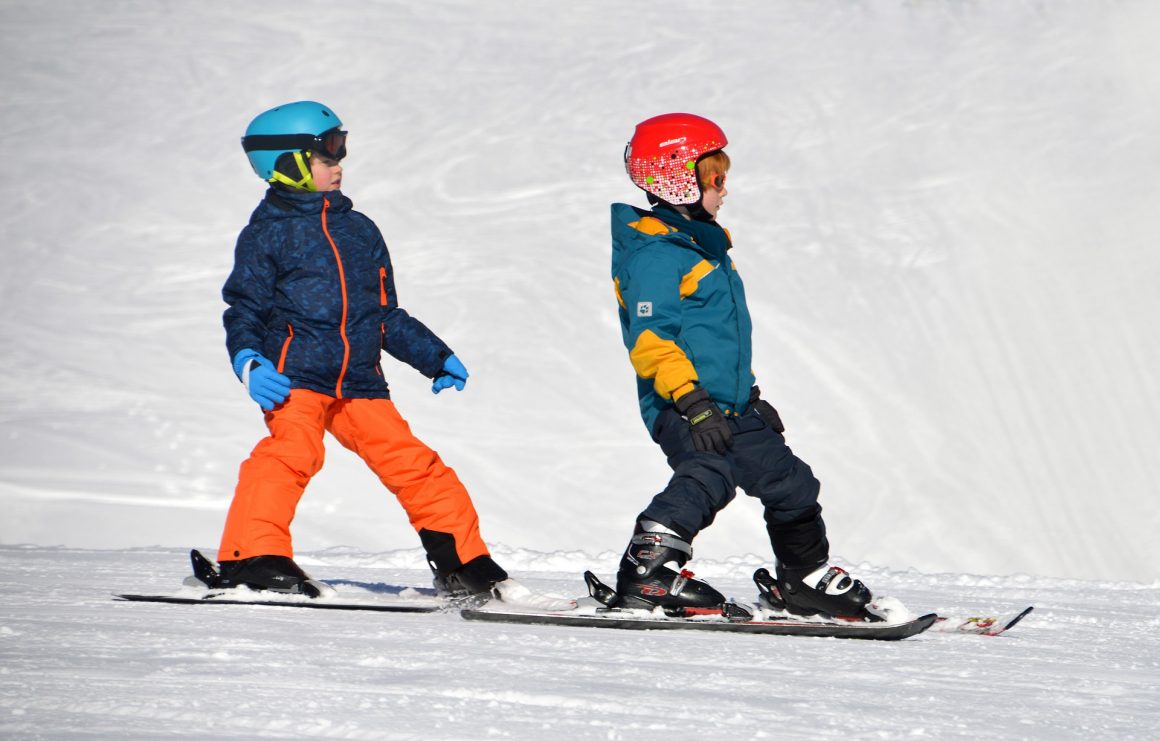
Cost of sports makes them inaccessible to many Canadians
By Kristy Koehler, December 1 2018 —
For a nation that prides itself on its winter sports prowess, is winter sport — or any sport for that matter — really accessible to most Canadians?
Hockey — the quintessential Canadian sport — is the first that comes to mind when discussing accessibility. The sport is notoriously expensive and cost-prohibitive for many families. The Calgary Royals, a member of Hockey Calgary, advertise their Midget AAA team, for players aged 15–17, at $11,025 for the year. Their Bantam AA, for ages 13 and 14, has fees of $2,153. Their website also states that “fees do not reflect additional costs for required helmets, gloves, association jacket or cash call amounts unless otherwise indicated.”
The Calgary North Stars advertise a $300 tryout fee, in addition to a $2,200 fee for the season for Bantam AA players and $4,095 for Midget AAA. They note that tournaments are an additional cost. Like the Royals, none of these fees include equipment — sticks, skates, helmets and body protective equipment are all required.
Parents of children with elite hockey dreams can shell out more than $2,500 for skill development camps. If you don’t make it to the NHL and want to play for fun as an adult, the Calgary Adult Hockey League charges $8,600 to register a team, amounting to $538 per player.
Skiing has also been accused of being an elitist sport. The most inexpensive variety of children’s alpine skis with bindings, available at major sporting goods retailer Sport Chek costs just under $150. This doesn’t include boots, a helmet, gloves, a winter jacket or ski poles. A lift ticket to Nakiska — the closest mountain to downtown Calgary — comes in at $89.95 for adults and $67.95 for children. Transportation to the hill is yet another added expense.
Wesley Savill, a current University of Calgary student and former member of Canada’s national Nordic combined team, knows how expensive sports can be for families. Savill skiied at two world championships and was the official alternate for Team Canada at the 2010 Winter Olympics in Vancouver. He now coaches young ski jumpers and wishes sport was more accessible to all, acknowledging that the cost of ski jumping excludes many young hopefuls.
“I recognize that I’m part of the problem,” he said, noting that, in his opinion, the best way to make sport accessible is a complete overhaul of the education system. From time spent on the professional circuit, Savill noticed that other countries built recreational and sporting time into their school curriculums.
“Physical literacy should be a focus of our school system,” Savill said, adding that even sports that are seemingly inexpensive, such as skating, carry a variety of hidden costs.
The average fee for public skating is $6–7 for most arenas in the city and family passes — two adults and dependent children — run approximately $15 per session. The cheapest junior skates available at Sport Chek are just under $50, not including skate guards, winter clothing or regular skate sharpening. Most public skating venues require helmets, also an additional cost. Savill noted that transport can be prohibitive for families if they don’t live near an arena.
While winter sports are expensive, summer sport fees aren’t inconsequential either. Calgary’s Northside Soccer club charges $550 for players under the age of 10 and $625 for their under-19 program. At the U of C, even participating in intramural sport costs money — dodgeball is $135 for the semester.
Savill believes it is the “club system” in North America — the necessity of joining sports leagues and organizations outside of schools — that contributes to the inaccessibility of sport, especially for children and youth.
